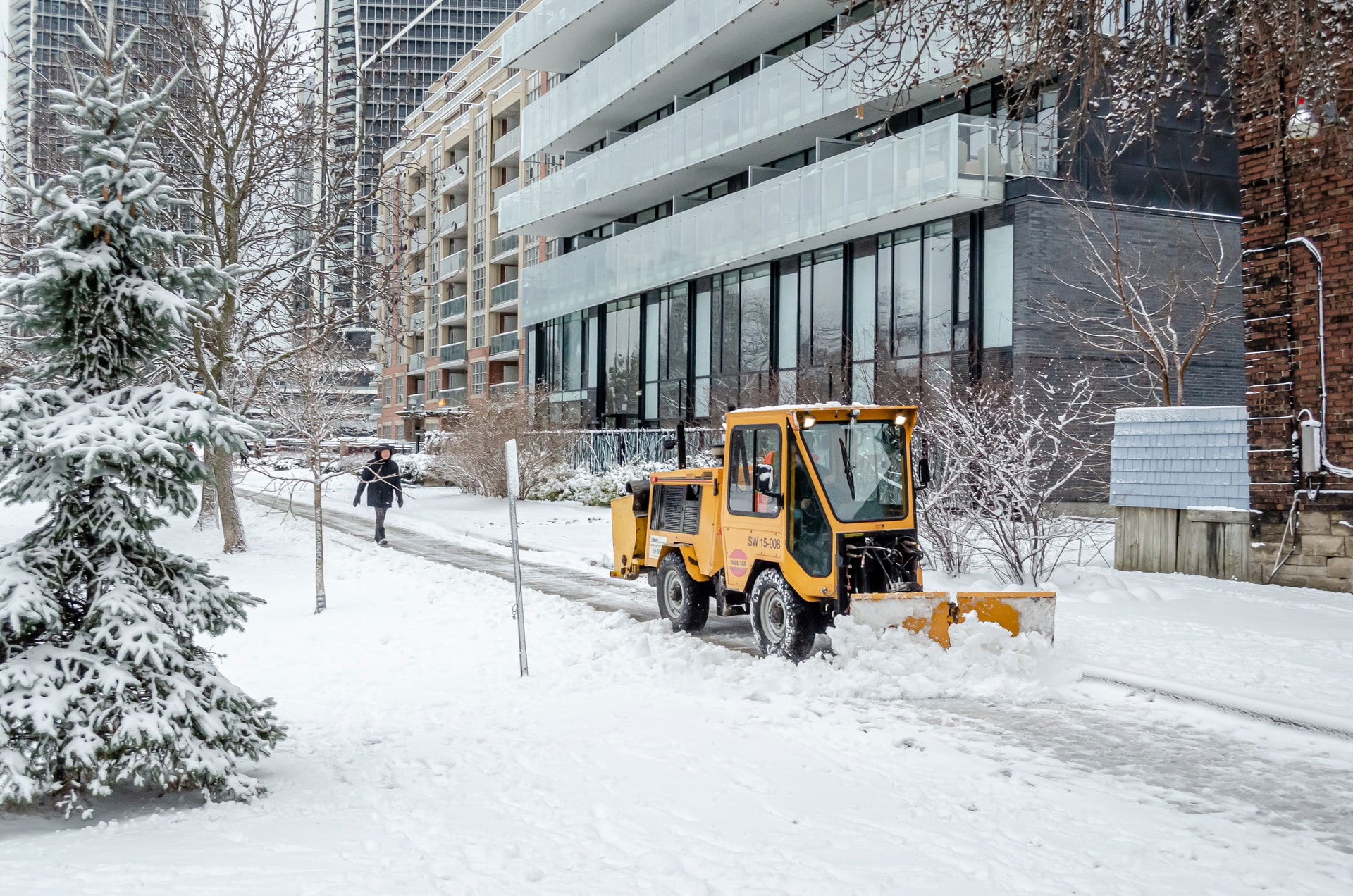Determining Fault in a Weather-Related Accident
Most people believe that the accident rate goes up when the weather turns for the worse. However, according to accident statistics from the Pennsylvania Department of Transportation (PennDOT), a vast majority of wrecks happen under no adverse conditions. Because Pennsylvania weather is known for being unpredictable, many drivers are on alert to drive with care and caution in adverse conditions.
The latest PennDOT figures available for weather-related collisions are from 2017. The statistics show that with no adverse weather conditions, there were 102,782 crashes with 973 deaths. During rain and fog, there were 16,134 collisions and 102 fatalities. Snow/sleet and freezing rain resulted in 7,349 wrecks and 26 deaths. Fog/smoke or similar adverse conditions ended in 719 crashes and 19 deaths. Overall, including highway deaths from other causes (such as defective parts), there were 128,188 collisions in 2017 in Pennsylvania and 1,137 deaths.
Many drivers involved in wrecks point to the condition of the road surface as a factor in the accident. In 2017 in the Keystone State, there were 95,582 crashes on dry road surfaces resulting in 916 deaths. When roads were wet, there were 23,015 collisions ending with 173 fatalities. In winter, with snow/slush on the road surface, there were 5,790 crashes with 18 deaths. On icy roads, there were 3,142 collisions resulting in 23 deaths.
At MP2 Placidi & Parini, we know that the parties involved in an accident during adverse weather conditions have many questions. In most cases, the responsibility for the accident falls on the at-fault driver. It is up to the drivers to stay in control of their vehicles and can make the correct decisions to adjust to weather conditions. It is about the duty of care to others on the road to avoid causing collisions.
Bad weather is not to blame for car accidents. Drivers can be held responsible or liable for failing to drive cautiously and with due care during adverse weather conditions. For example, if a driver that did not leave enough room to stop at a stop sign when the road was icy, causing the vehicle to slide into an intersection and T-bone another car. That driver can be liable for the accident.
According to the law, drivers are responsible for the accidents they cause, and that includes when bad weather is a contributing factor. In adverse weather conditions, a driver’s duty of care must match the conditions of the road. If drivers do not act with care, they can be considered to be driving negligently or recklessly.
It is not just driving inappropriately for the road conditions that is factored into a collision during bad weather or poor road surfaces. Drivers can also be held liable for:
- Driving with worn tires
- Not using headlights
- Incorrectly using headlights
- Not using windshield wipers
- Driving while fatigued
- Driving while distracted
- Failing to heed traffic signals
- Failing to heed road signs


